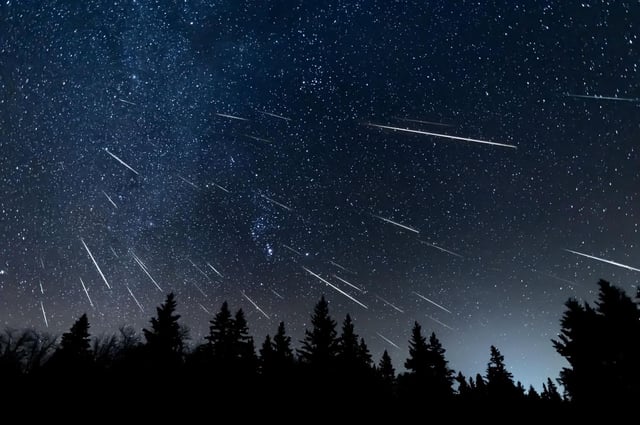Overview
- The Lyrid meteor shower will peak on the night of April 21 into the early hours of April 22, 2025, with up to 15-20 meteors visible per hour under optimal conditions.
- The best viewing time is just before dawn on April 22, before the waning crescent moon rises at approximately 3:30 a.m. local time, minimizing light interference.
- Stargazers are encouraged to head to dark-sky locations, such as national parks or remote areas, to avoid light pollution for the best experience.
- The Lyrids, one of the oldest recorded meteor showers, are caused by Earth passing through debris left by Comet C/1861 G1 Thatcher.
- April also features other celestial events, including the full 'Pink Moon' on April 12, a micromoon appearing smaller than usual due to the moon's apogee.


